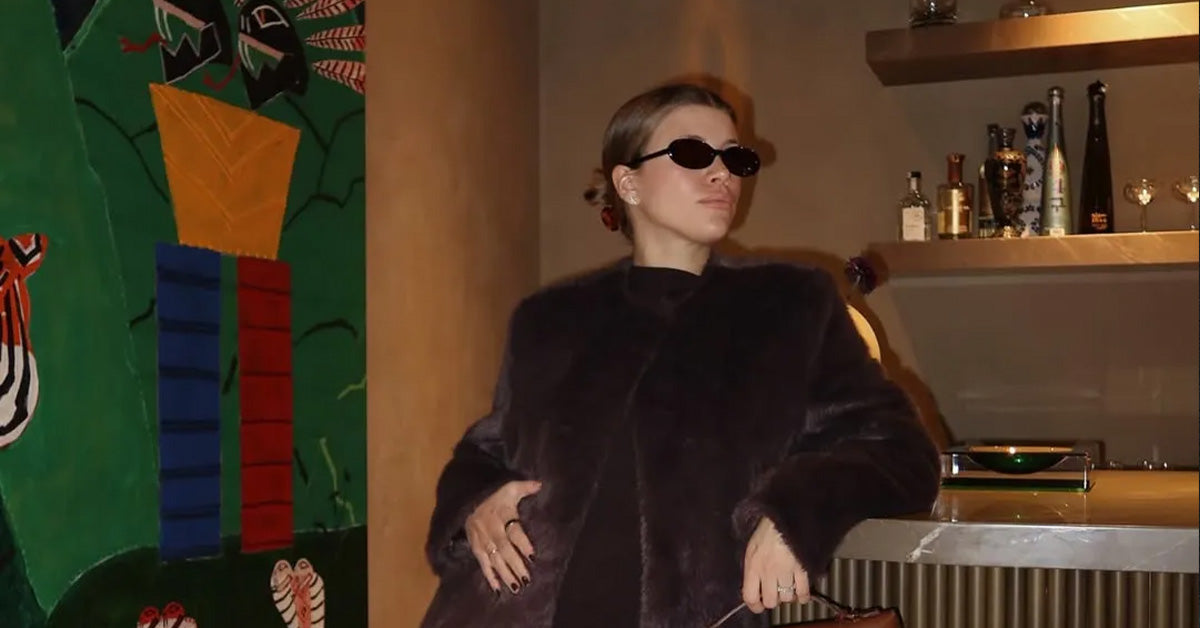In the world of fashion, where sustainability and tradition are gaining immense importance, piña fabric is a term that deserves your attention. This luxurious and eco-friendly textile, derived from pineapple leaves, is a stunning example of how nature, culture, and craftsmanship can come together to create something extraordinary. But what exactly is piña fabric, and why is it so special? Let’s dive into the fascinating world of this unique material.
What is Piña Fabric?
Piña fabric is a handwoven textile made from the fibers of pineapple leaves. Known for its lightweight texture, natural sheen, and intricate detailing, this fabric has been a symbol of luxury and tradition in the Philippines for centuries. Derived from the Spanish word "piña," which means pineapple, this fabric is primarily produced in the Philippines, where it is considered a cultural heritage material.
Unlike synthetic textiles, piña fabric is entirely natural and biodegradable, making it a favorite in the realm of sustainable and ethical fashion. Its production process is labor-intensive, involving skilled artisans who carefully extract, clean, and weave the fibers into delicate cloth.
A Brief History of Piña Fabric
The origins of piña fabric can be traced back to the pre-colonial Philippines, where it was woven by local artisans for use in traditional garments. During the Spanish colonization in the 16th century, the fabric gained prominence as it was used to create the barong tagalog and terno, formal garments that remain iconic to this day.
Piña fabric was often reserved for the elite, including royalty and nobility, due to its rarity and the meticulous craftsmanship involved in its production. Over time, the fabric became an integral part of Filipino culture and is still celebrated today for its beauty and historical significance.
Characteristics of Piña Fabric
- Sheer and Lightweight: Piña fabric is known for its translucent quality and feather-light texture, making it ideal for formal and elegant apparel.
- Natural Sheen: The fabric boasts a subtle, natural gloss that enhances its luxurious appearance.
- Breathable and Comfortable: Despite its delicate nature, piña fabric is breathable and comfortable to wear, especially in warm climates.
- Eco-Friendly: Made from pineapple leaf fibers, the fabric is entirely natural, renewable, and biodegradable.
- Intricate Patterns: Artisans often embellish piña fabric with hand-embroidered designs, further elevating its aesthetic appeal.
How is Piña Fabric Made?
The process of creating piña fabric is labor-intensive and requires exceptional skill. Here's an overview of the steps involved:
- Harvesting: Pineapple leaves are collected after the fruit is harvested, ensuring no part of the plant goes to waste.
- Fiber Extraction: The leaves are scraped to extract long and fine fibers, which are then washed and dried.
- Knotting: The fibers are meticulously knotted together to create continuous threads suitable for weaving.
- Weaving: The threads are woven into fabric using traditional looms, often by hand.
- Embellishment: Many piña fabrics are adorned with hand embroidery, adding intricate patterns and details.
This artisanal process ensures that each piece of piña fabric is unique, making it a true work of art.
Uses of Piña Fabric
Piña fabric is most commonly used in formal and ceremonial garments, particularly in the Philippines. Some of its notable uses include:
- Barong Tagalog: The national attire for Filipino men, often worn during weddings, formal events, and state occasions.
- Terno: A traditional dress for women, characterized by its elegant butterfly sleeves.
- Scarves and Accessories: Piña fabric is sometimes used to create delicate scarves, shawls, and other accessories.
- Home Décor: The fabric is occasionally used for table linens, placemats, and decorative wall hangings.
Given its delicate nature, piña fabric is often reserved for special occasions and is cherished as a family heirloom.
Caring for Piña Fabric
Due to its delicate nature, piña fabric requires special care to maintain its beauty and longevity. Here are some tips:
- Avoid Machine Washing: Always handwash piña fabric using mild soap and lukewarm water.
- Do Not Wring: Gently press the fabric to remove excess water instead of wringing it.
- Air Dry: Lay the fabric flat on a clean surface to dry, avoiding direct sunlight to prevent discoloration.
- Store Properly: Keep it in a cool, dry place, preferably wrapped in acid-free tissue paper to prevent yellowing.
- Handle with Care: Avoid sharp objects and rough surfaces that could snag the delicate fibers.
Why is Piña Fabric Important in Modern Fashion?
In today’s fashion landscape, where sustainability and cultural preservation are becoming key priorities, piña fabric stands out as a material that embodies both. Its eco-friendly production process aligns with the growing demand for sustainable textiles, while its rich history and artistry pay homage to Filipino culture.
Designers around the world are beginning to incorporate piña fabric into their collections, recognizing its potential to add a touch of elegance and authenticity. By supporting piña fabric, consumers and brands contribute to the preservation of traditional craftsmanship and promote environmentally responsible fashion.
FAQs About Piña Fabric
-
1. Is piña fabric sustainable?
Yes, piña fabric is highly sustainable as it is made from pineapple leaves, a byproduct of pineapple farming. Its production minimizes waste and is completely biodegradable. -
2. Can piña fabric be dyed?
Piña fabric is usually left in its natural off-white color to highlight its natural sheen, but it can be dyed using natural or synthetic dyes. -
3. Is piña fabric durable?
While piña fabric is delicate and requires careful handling, it can last for many years if properly cared for. -
4. Where can I find authentic piña fabric?
Authentic piña fabric is primarily produced in the Philippines. It is often available through specialty textile shops or directly from artisans. -
5. What makes piña fabric so expensive?
The high cost of piña fabric is due to its labor-intensive production process, the skill required to make it, and its limited availability.
In conclusion, piña fabric is more than just a textile; it is a testament to the beauty of nature, the richness of Filipino culture, and the potential of sustainable fashion. Whether you’re a fashion enthusiast, a designer, or simply someone who appreciates craftsmanship, piña fabric is undoubtedly a material worth knowing about.










